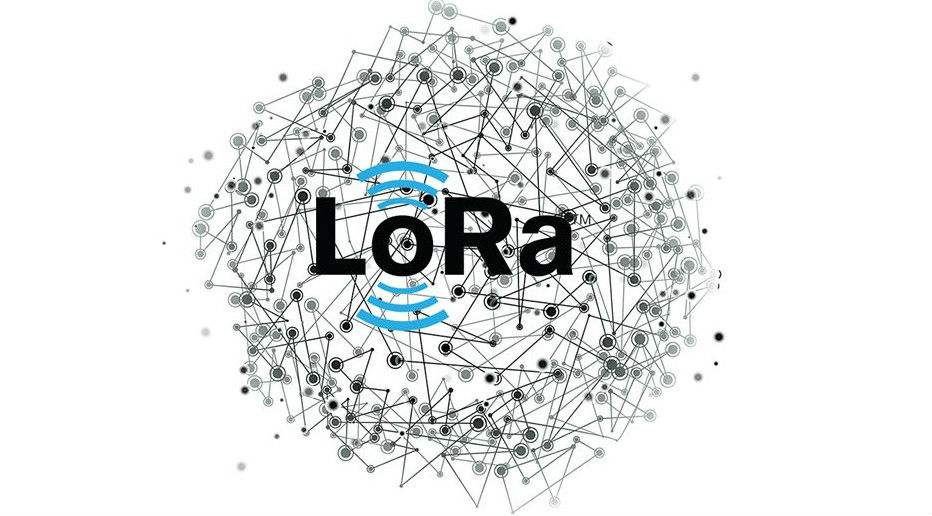

— Blogs —
—Products—
 Consumer hotline +8618073152920
Consumer hotline +8618073152920 WhatsApp:+8615367865107
Address:Room 102, District D, Houhu Industrial Park, Yuelu District, Changsha City, Hunan Province, China
Product knowledge
Time:2022-03-13 10:07:45 Popularity:721
With the rapid development of the Internet of Things industry, the platforms of Alibaba, Google, Tencent and other giants, and the commercial use of a large number of LoRa applications at home and abroad, LoRa has actually become one of the mainstream Internet of Things network standards.
As the most promising low-power wide-area communication technology, LoRa has been used in all walks of life. LoRa uses linear frequency modulation spread spectrum modulation technology, which maintains low power consumption, significantly increases communication distance and network efficiency, and eliminates interference, so that even if the same frequency is used for simultaneous transmission, there will be no mutual interference. The gateway developed on the basis of LoRa can receive and process data from multiple nodes in parallel, expanding the system capacity.
Myth 1: Is there a unified standard for the Internet of Things?
Over the years, the industry has been accustomed to the standardization and unification of the Internet of People, and naturally applies this "either-or" selection concept of "Internet of People" to the IoT LPWAN market. In fact, LoRa, NB-IoT, and e-MTC belong to LPWAN networks, with complementary technical capabilities and application scenarios.
The advantage of NB-IoT lies in the operator's global coverage and dedicated frequency band. However, there will inevitably be problems of connection blind spots and autonomy. For example, the 4G network that has been built for many years still has signal transmission black spots even in cities, and users will still use WiFi networks in their homes and campuses as a supplement.

Myth 2: Does LoRa have application scenarios?
Different technical features will bring different application scenarios. The biggest value of LoRa lies in its ease of deployment and autonomy. Generally speaking, LoRa is more suitable for enterprise users who have high requirements for autonomy and rapidity, as well as continuous coverage and deep coverage requirements. High-level scenarios, such as parks, factories, factories and mines, farms, logistics distribution centers, complexes, residential communities and other environments.
"The species that survive are not the strongest or the smartest, but those that respond quickly to changes." Darwin's words may best illustrate the value of LoRa.
LoRa currently provides a connection capability similar to a wide area network, and there are outdoor, indoor and even desktop router-sized devices in the gateway market. Everyone can build their own LoRa network, which is as convenient as using a Wifi connection, so the two Complement each other, and the application scenarios will also help each other grow.
Myth 3: Is LoRa used internationally?
Under the promotion of LoRa Alliance, LoRaWAN has been implemented in many countries and regions. Most of today's shipments are used in the metering industry, and they are gradually appearing in data collection such as logistics, environmental sensing and park monitoring.
United States: Senet's network covers 225 cities in 23 states.
Comcast, the largest cable company, announced the adoption of LoRa technology, which will first complete network deployment in Philadelphia and San Francisco, and provide metering related (meter reading, etc.), environmental monitoring related (temperature and humidity, pollution, noise monitoring, etc.) and tracking and positioning related, etc. Serve.
France: Orange has completed nationwide LoRaWAN network coverage in France.
India: Tata builds network in Mumbai and Delhi, and uses it in the logistics industry.
Australia: Telstra has announced a pilot in Melbourne.
South Korea: SK Telecom deployed a nationwide LoRa network in 2016 to provide LoRa-based IoT services and announced the charging method.
Driven by the Connection vision of major operators around the world, the platforms of Internet giants and venture capital funds, innovation around the Internet of Things is in full swing. As an infrastructure, network connection is a prerequisite for realizing the value of the Internet of Everything, and its development has attracted much attention. The huge economic and social value brought by the Internet of Things, as well as the possible technological revolutions in multiple industries, make us look forward to the Internet of Everything.
Prev:NB-IoT application scenarios: Agricultural Internet of Things, intelligent manufacturing, trash cans
Next:What is 4G LTE? The main difference between 4G LTE gateway and CPE?
Related recommendations
Sensors & Weather Stations Catalog
Agriculture Sensors and Weather Stations Catalog-NiuBoL.pdf
Weather Stations Catalog-NiuBoL.pdf
Related products
 Combined air temperature and relative humidity sensor
Combined air temperature and relative humidity sensor Soil Moisture Temperature sensor for irrigation
Soil Moisture Temperature sensor for irrigation Soil pH sensor RS485 soil Testing instrument soil ph meter for agriculture
Soil pH sensor RS485 soil Testing instrument soil ph meter for agriculture Wind Speed sensor Output Modbus/RS485/Analog/0-5V/4-20mA
Wind Speed sensor Output Modbus/RS485/Analog/0-5V/4-20mA Tipping bucket rain gauge for weather monitoring auto rainfall sensor RS485/Outdoor/stainless steel
Tipping bucket rain gauge for weather monitoring auto rainfall sensor RS485/Outdoor/stainless steel Pyranometer Solar Radiation Sensor 4-20mA/RS485
Pyranometer Solar Radiation Sensor 4-20mA/RS485
Screenshot, WhatsApp to identify the QR code
WhatsApp number:+8615367865107
(Click on WhatsApp to copy and add friends)